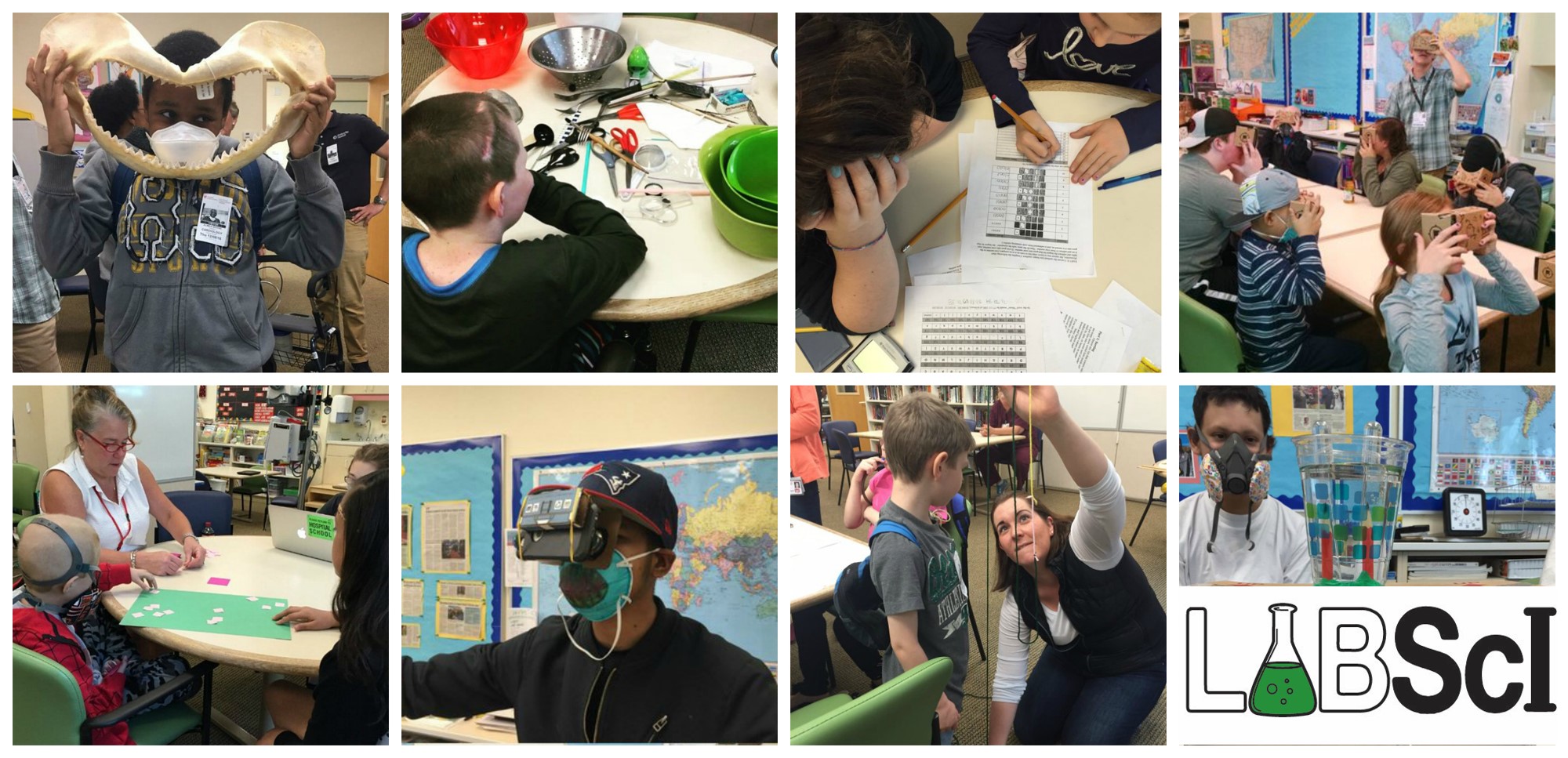In this lab you will use a battery to perform electrolysis, or chemical decomposition, of different aqueous solutions (like water) to produce gases (like hydrogen and oxygen in the case of water). You will measure the volumes of gas produced and compare this to the predicted ratios from chemical equations. Finally, you will explore an industrial application of electrolysis using metal electrodes.
Download the labs!
Student Version
Student Advanced Version
Teacher Version
Recommended Prerequisites:
- Students are expected to know calculator arithmetic and unit conversions.
- Familiarity with chemical formulas, chemical reactions, and the periodic table is a plus.
- Some manual dexterity is required to build an apparatus.
- Suggested grade level: 9-12
Key Concepts:
- Electrolysis is the process by which electricity is used to drive a chemical reaction.
- A chemical reaction where some molecule gains electrons is known as a reduction reaction.
- A chemical reaction where some molecule loses electrons is an oxidation reaction.
- An electrolyte solution is one in which ions (charged particles) are dissolved in water.
- Electric current will flow only if there is a continuous circuit of conducting material to carry it.
- Which chemical reaction occurs in an electrolytic cell depends on what molecules are present and how easily they gain or accept electrons. A table of standard reduction potentials is useful for summarizing which molecules are most easily oxidized or reduced.
- Writing down balanced chemical reactions is useful for figuring out relative quantities of products formed.
Materials (for each group):
- 9V battery
- 2 wires with alligator clips on either end
- 2 wooden pencils, sharpened at both ends (eraser removed)
- 2 test-tubes, wide enough to fit the pencils with room to spare (length doesn’t matter)
- Shoebox, or comparable box
- Scissors with sharp tips
- Modeling clay
- Marker for labeling
- Large cup or bowl for mixing
- 2 plastic cups, 12-16 oz, preferably clear
- 2 shiny, clean pennies
- Ruler, with mm markings
- Epsom salt (about 6 tsp); this is sold at most drug stores, usually as a laxative
- Table salt (about 6 tsp)
- Water
- Optional: ½ cup and 1 tsp measuring spoon; exact measurements don’t matter so can approximate
